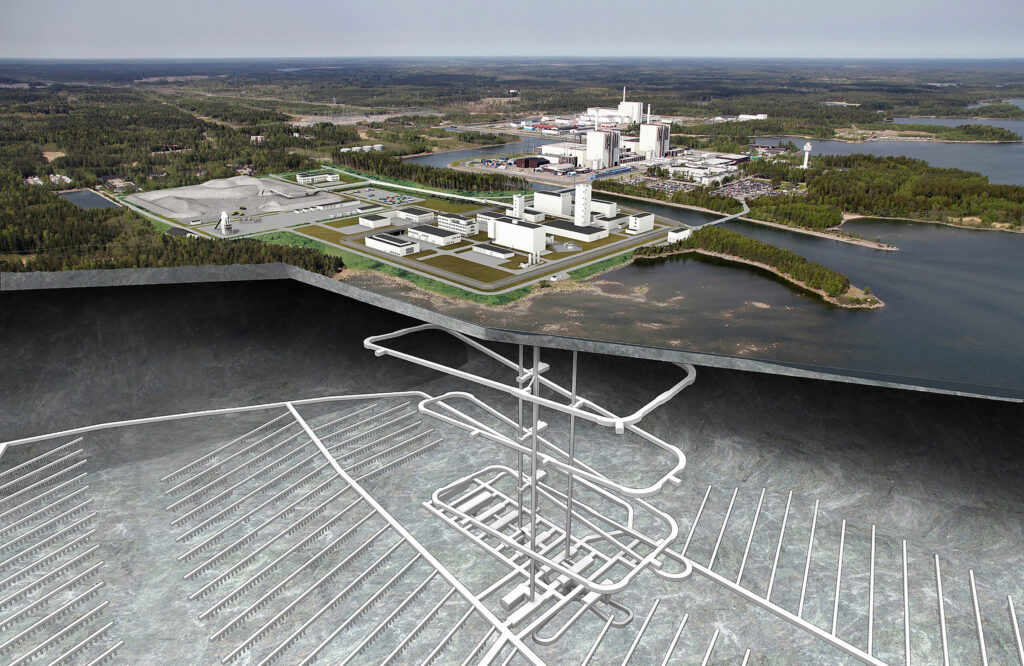A number of countries worldwide are progressing plans to develop a Geological Disposal Facility (GDF). They include France, Switzerland, Sweden, Finland, Japan and Canada.
No country has operated a final repository for High Level Waste or spent nuclear fuel yet, but Finland, Sweden and France are at the forefront.
In Sweden, there has been community support for a GDF as away of disposing of spent nuclear fuel.
In 2020, more than 8 in 10 people – 82 per cent of community respondents – told an annual poll in Östhammar Municipality that they were in favour of plans to build a repository in the village of Forsmark.
Two years previously, 77 per cent of respondents told the poll they supported plans to build a GDF, while 79 per cent of those asked in Oskarshamn Municipality said they were in favour of proposals to build an encapsulation plant for spent nuclear fuel.
Plans for the facility were approved by Sweden’s Government in January 2022 and it will be developed in Östhammar by the Swedish Nuclear Fuel and Waste Management Company (SKB).
When the go-ahead was given, SKB CEO Johan Dasht said: “It is a historic decision that enables SKB to dispose of the nuclear waste our generation has produced. This decision is met with open arms. We are now looking forward to implementing Sweden’s largest environmental protection project.”
SKB has estimated that the GDF will create about 1,500 jobs and bring investment of SEK 19 billion –around £1.5 billion.
The planned GDF will involve disposing of an estimated 12,000 tonnes of spent nuclear fuel in rock that is 1.9 billion years old. Above ground will be a small number of buildings from where a five-kilometre ramp – about three miles long – will descend about 500 metres.
From here, a system of tunnels will be built with room for more than 6,000 copper canisters of spent fuel.

The site will not be fully developed until the 2080s as, similar to UK plans, new areas underground will be continually constructed as existing ones are filled3, but SKB hopes operations can begin 10 years after construction starts.
The Swedish GDF is an extraordinary feat of engineering, with about 2.3 million cubic metres(81m cubic feet) of rock being removed over the decades. The copper disposal canisters are about five metres (16ft) long, will weigh five tonnes when full and have an outer casing that is five centimetres(2in) thick.
Created to withstand corrosion, their placement in the rock will be managed by specially built machines that are controlled remotely.
The canisters will be housed in bentonite clay, which acts as a buffer and protects the canister from corrosion and minor movements in the bedrock. The clay will gradually absorb water and swell to fill the space around it and any cracks in the rock.
The bedrock is the final barrier. If any radioactive substance were to escape from a canister, it would be trapped here. The rock and depth will help isolate the waste from the environment for at least 100,000 years – making the GDF a safe final repository. SKB is drawing on more than 40 years of research and development, including extensive analysis of long-term safety and environmental impact. The company says it chose Forsmark due to the area’s dry rock with few deep fractures. About 800 scientific reports were produced during site investigation.
